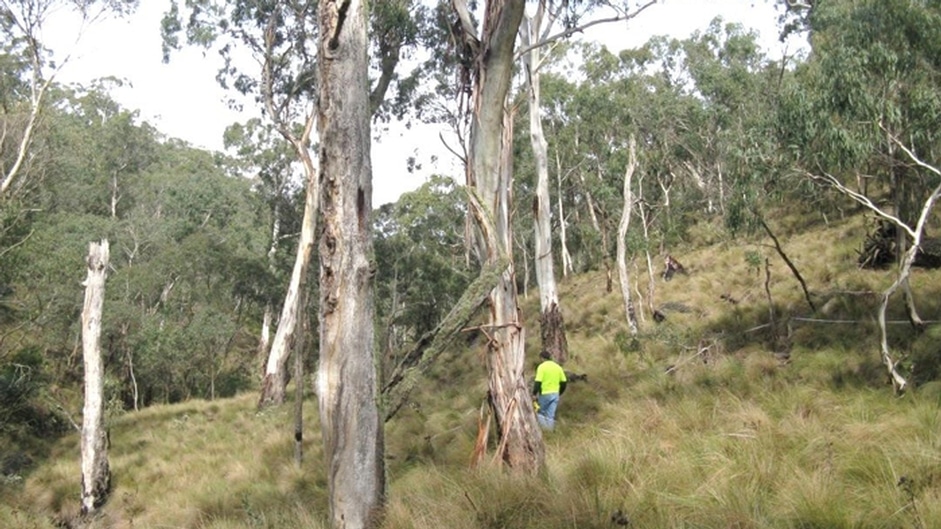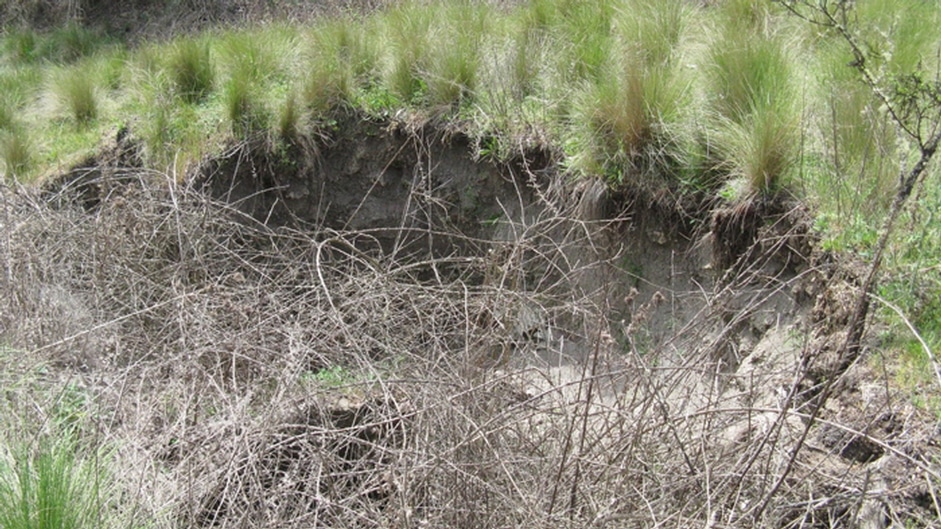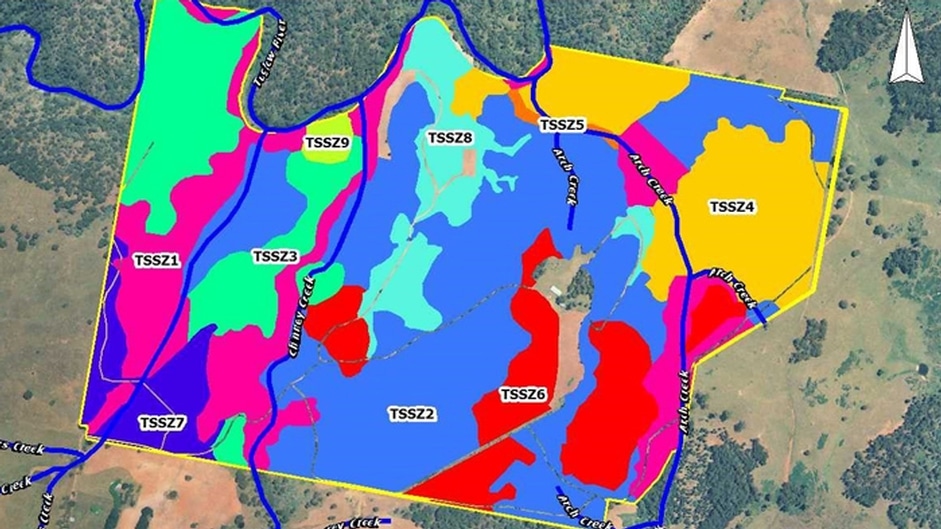As part of the Land Alive program, funded by the New South Wales (NSW) State Government, a full Biobanking Agreement was conducted on Tricketts Arch, in Jaunter, NSW. Kleinfelder was engaged to undertake detailed flora and fauna surveys in accordance with the Biobanking Methodology which includes writing a Biobanking Assessment Report and Management Plans to support the Biobanking Agreement application.
Threatened Plant Species Found On-Site
The study area was 141.5 hectares, and supported more than 140 plant species, seven vegetation communities and 33 fauna species. Of these, one vegetation community was considered to be an Endangered Ecological Community, and two flora species and four of the fauna species were listed under the Threatened Species Conservation Act 1995 (NSW).
A Plan to Protect and Produce Future Growth
Kleinfelder’s detailed field surveys, which were carried out across varied seasonal and climatic conditions, accounted for all flora flowering seasonality requirements. This provided the best opportunity to identify all species across the study area, taking advantage of both ecosystem and species credits. Kleinfelder also then wrote all the necessary management plans including those for weed and fire management, supplementary planting, retention of regrowth, rocks and fallen timber, vertebrate pest control, and restriction on human disturbance.
Project Results
Through this project, the client was able to generate significant ecosystem and species credits for sale. This project established Kleinfelder as one of the first consultants in NSW to undertake a biobanking assessment. Through the continued refinement of the biobanking methodologies used in this project, Kleinfelder has been able to support many other clients with similar biobanking assessment projects.
Project Details
Location:
New South Wales, Australia
Owner:
Office of Environment and Heritage




